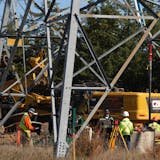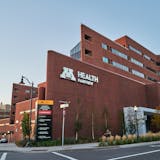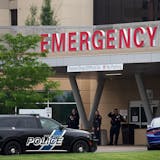Each September, a small group of volunteers spends two hours counting bikers and pedestrians at 32 roadways and intersections in every corner of Hennepin County.
The unique data collection system is used by officials to track trends over time and help guide planning and project decisions. The sites reach as far north as Rogers and all the way to Loretto, a town of 650 on the western edge of the county.
The count days and methodology are aligned with dates selected by the National Bicycle and Pedestrian Documentation Project, a nationwide effort to collect consistent and accurate non-motorized traffic data. The city of Minneapolis does its own count.
This year, the intersection of W. 50th Street and France Avenue in Edina had the most pedestrian traffic. Volunteers counted 208 people during the two-hour window. The data also determined an estimated 1,155 bikers pass through the area daily.
"We really tried to spread the sites out geographically, and choose places that may be near a bike path, a high-accident spot or where two county roads cross," said Jordan Kocak, a county transportation planner and coordinator of the counts. "A lot of the volunteers request the city where they live. They give back to the community and contribute to bigger efforts."
Jan Matheus saw the count's impact firsthand in her city of Richfield. She was teaching a class on bike safety when she ran into Kocak. She's an advocate for creating safer biking conditions in the city, so volunteering for the count was a natural move.
She was assigned to W. 66th Street and Nicollet Avenue, which was four lanes in all directions. There were only sidewalks and poor pedestrian crosswalks, she said. Buses were running through the area, but they were nearly empty.
The count data shaped reconstruction of the area several years ago. There is now a dedicated sidewalk-level bike lane and a roundabout at the intersection. Since 2017, the improvements have doubled the estimated daily bike traffic.


